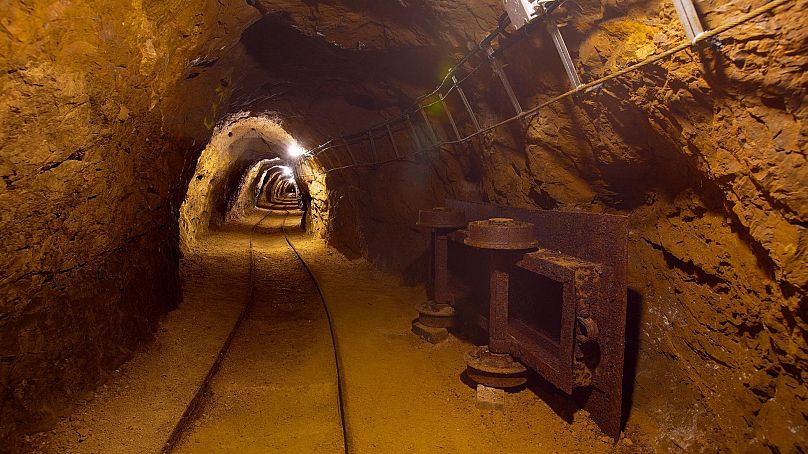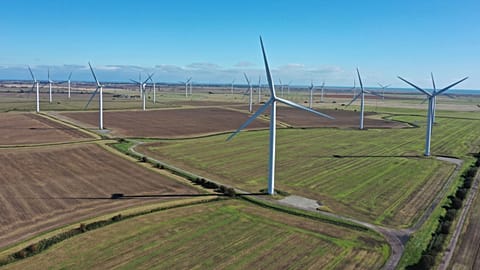Engineers worldwide are working on how to store the energy generated by renewables.
A Czech energy company has been forced to unplug hundreds of solar panels after they generated more power than the grid could handle.
Electricity use was low in the Czech Republic Easter Monday.
But sunny weather meant that the country’s solar plants produced a huge surge of energy.
To protect the grid, state-owned ČEPS switched them off.
The shutdown is proof of the country’s inadequate power storage system, according to Jan Krčmář, executive director of the Czech Solar Association.
“What we have been saying for a long time has been proven. The Czech Republic is not ready for the renewable boom because there is a complete lack of storage capacity,” he told Czech news organisation Seznam Zprávy.
So why did the company have to switch off the power - and can they stop it happening in future?
Why did the Czech republic have to shut down its energy plants?
An old proverb warns that you can “have too much of a good thing." When storage facilities are inadequate, this can be true of energy.
During sunny weather, solar panels can often produce more energy than the grid - the transmission network through which electricity is moved - can use.
If this energy can’t be stored anywhere, it causes instability in the grid, damaging electrical equipment. In extreme situations, these voltage fluctuations can lead to blackouts.
To prevent potential damage on Monday, the national company switched off power plants with a total capacity of about 400 MW, or about a sixth of the country’s total solar energy capacity.
“ČEPS decided to activate the curtailment plan after exhausting the normally available operational measures to control the electricity system,” spokeswoman Hana Klímová said.
Usually, the country transmits excess energy to neighbouring countries - but this wasn’t possible on Monday.
“All countries except Denmark, Portugal and Slovenia were in surplus,” Klímová said.
Can excess solar energy be stored?
When solar panels and wind power first entered the mainstream, naysayers claimed that they could never produce enough energy to meet humanity’s power needs.
Since then, renewables have boomed - proving those early critics wrong.
Wind and solar generated 12 per cent of global electricity in 2022, an all-time high. Last year, solar was the fastest-growing source of electricity for the 18th year in a row, rising by 24 per cent from 2021.
The EU leads the pack in this race. In 2022, wind and solar produced a fifth of the EU’s electricity - the first time clean energy sources have produced more electricity than fossil gas.
But events like the Czech shutdown show the need to invest in storage capacity for this clean energy.
There are plenty of ways to store power for later use. Chemical batteries are often used, as are ‘gravity batteries’ that use the excess energy produced by renewables to lift a weight. When the grid is running low on energy, the weight is dropped - powering a generator as it plummets.
According to a study from earlier this year, converting underground mines into such batteries could provide up to 70 terawatts of energy storage. This is enough to match the entire world’s daily electricity consumption.
But as renewables continue to grow in use, the need for storage will only become greater. Engineers worldwide are innovating and experimenting with ways to meet the challenge. Last year, Switzerland built a massive water battery capable of storing electricity equivalent to 400,000 electric car batteries.
The battery is made from two large pools of water located at different heights. It ‘charges’ by using excess energy to pump water from a low pool to a higher pool.
When electricity is needed, the water from the higher pool is released, and rushes down to the lower pool - powering a water turbine in the process.



















